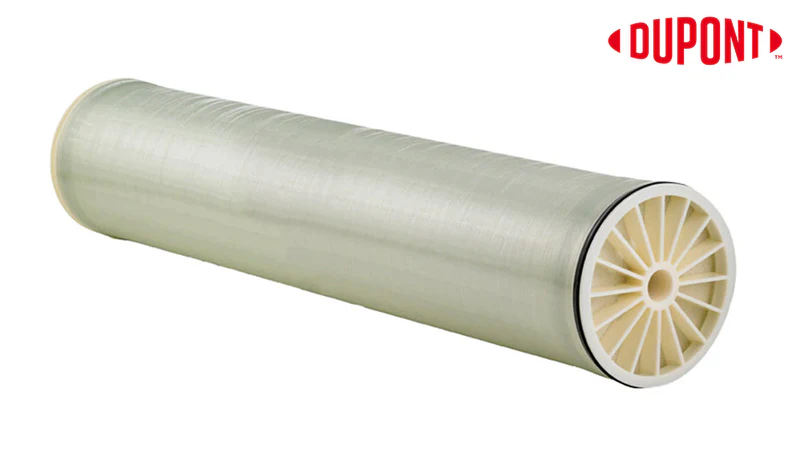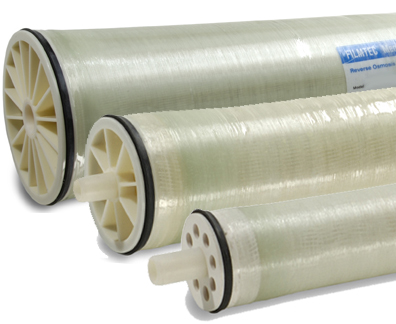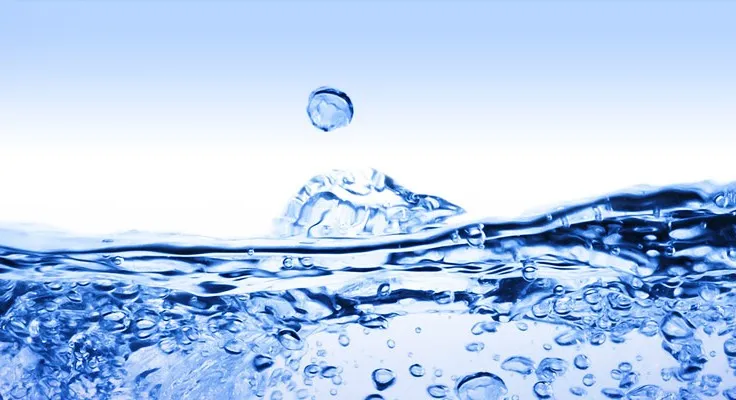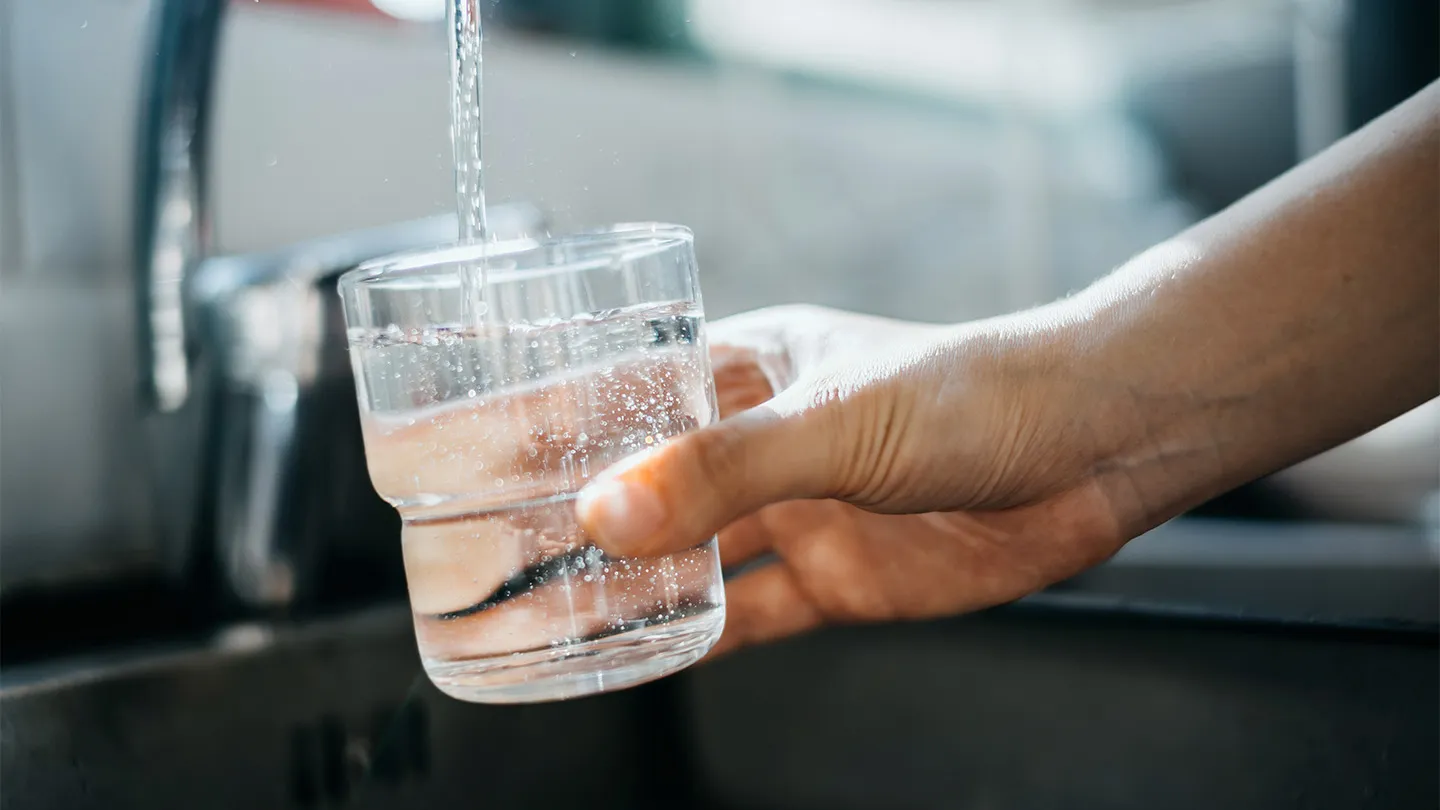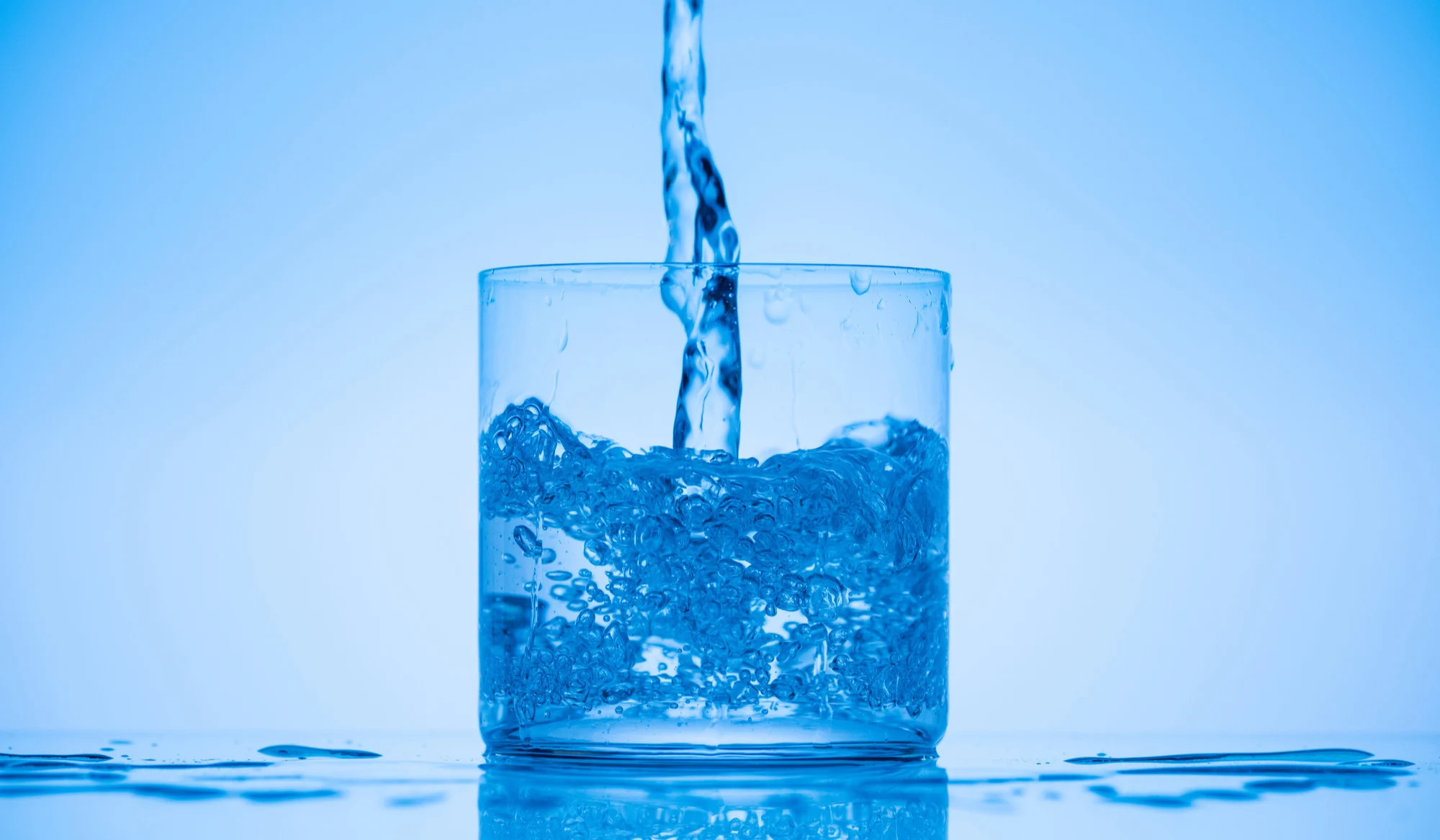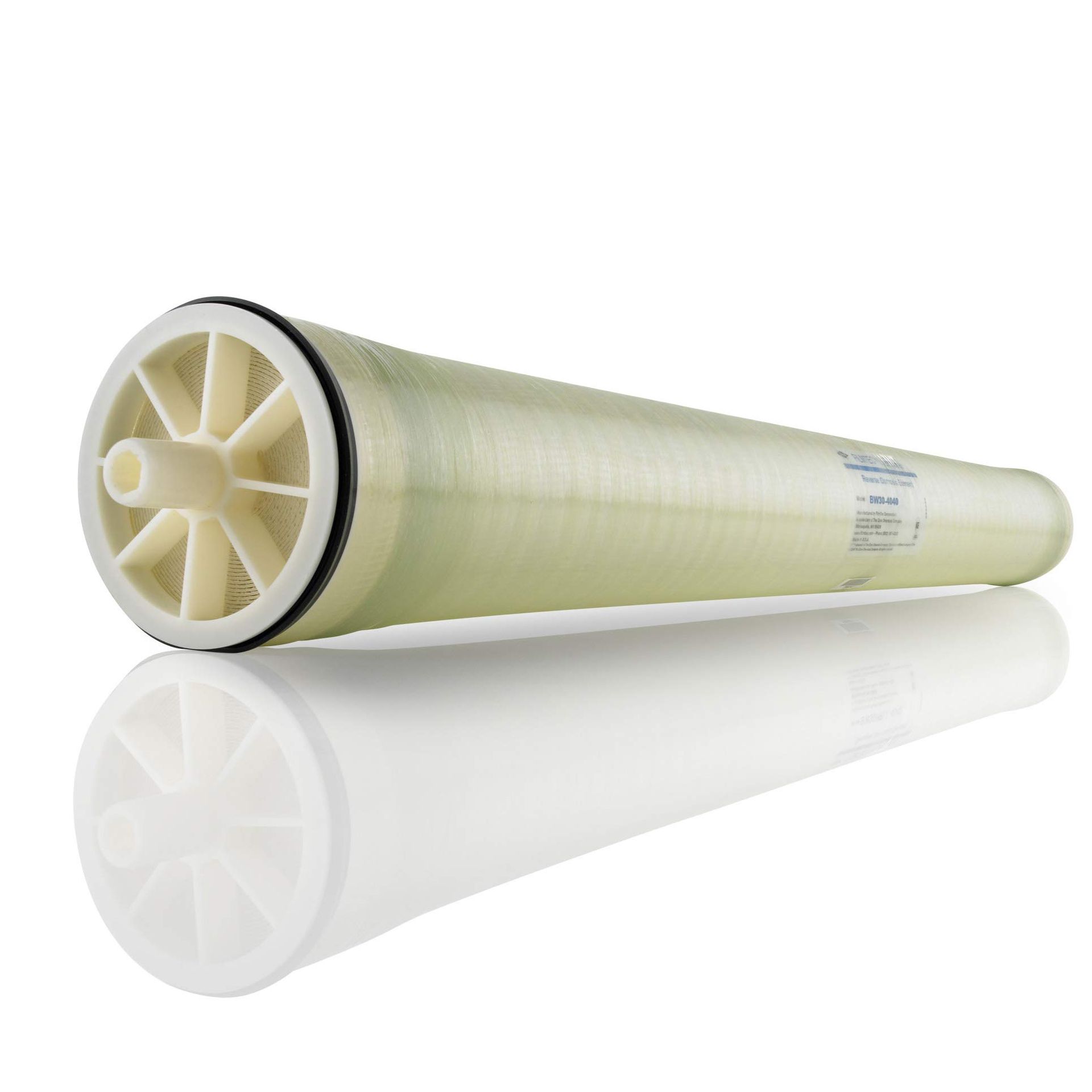Reverse osmosis (RO) technology plays a crucial role in providing high-purity water for a variety of applications. Whether you're working in municipal water treatment, industrial processes, or even desalination, the RO membrane is the heart of every efficient water filtration system. Among the leading brands, FilmTec™ by DuPont stands out, offering reliable RO membranes like the BW30 and LC LE series. These are available in common sizes such as 4040 and 8040, but the full scope of RO membranes extends far beyond these models. In this comprehensive guide, we’ll explore various RO membranes, the factors to consider when choosing them, and how to maintain them for optimal performance.
Understanding RO Membranes: The Backbone of Water Purification
At its core, an RO membrane is a semipermeable barrier that filters out contaminants from water while allowing pure water molecules to pass through. This process helps remove salts, minerals, microorganisms, and other impurities, delivering high-quality water for a range of applications.
When selecting an RO membrane, consider important factors like:
- Salt Rejection Rate: How well the membrane removes salts and other dissolved solids.
- Permeate Flux: The volume of purified water produced per unit of time.
- Fouling and Scaling Resistance: The membrane's ability to handle organic and inorganic build-up, ensuring longer operational life.
- Energy Efficiency: How efficiently the system uses energy, often linked to the membrane's pressure requirements.
Key RO Membranes: FilmTec™ BW30 and LC LE Series
FilmTec™ by DuPont is a leader in RO membrane technology, providing a range of products designed to meet the needs of different water sources and applications. The BW30 and LC LE series are particularly popular choices, designed to offer high rejection, durability, and energy efficiency. Let’s dive deeper into these specific models and their features.
1. FilmTec™ BW30 Membranes for Brackish Water Treatment
The BW30 series is engineered for brackish water applications, where water salinity is moderate. These membranes offer high rejection rates, excellent fouling resistance, and are commonly used in industrial and municipal water treatment systems.
- BW30 4040: A smaller 4-inch diameter membrane, perfect for compact systems or lower-flow applications.
- BW30 8040: A larger 8-inch diameter membrane designed for high-volume operations, offering greater throughput.
Features of BW30:
- High Salt Rejection: Effectively removes salts, organics, and other impurities.
- Long-Term Durability: Built to withstand harsh conditions, reducing maintenance costs.
- High Pressure Compatibility: Suitable for varying pressures, which makes it versatile for different applications.
2. FilmTec™ LC LE Series: Low-Energy Membranes for Cost-Efficiency
The LC LE (Low Energy) series is designed for energy-conscious applications. These membranes allow for lower operational pressures, reducing energy consumption without sacrificing filtration performance. They are ideal for users looking to minimize costs while maintaining high water quality.
- LC LE 4040: This size is suited for smaller systems that require both high rejection and energy savings.
- LC LE 8040: The 8-inch version is perfect for large-scale systems with energy efficiency requirements.
Features of LC LE Series:
- Low-Pressure Operation: Reduces energy demands, making it ideal for systems with high flow rates but low pressure requirements.
- Balanced Performance: Delivers excellent salt rejection and permeate flow without the need for high pressure.
- Ideal for Cost-Conscious Operations: Designed to meet the needs of businesses focused on reducing operational costs while maintaining efficiency.
3. Other Common RO Membrane Types
While FilmTec™ BW30 and LC LE series are well-known, there are other types of RO membranes suited for different applications:
- Seawater RO Membranes (SWRO): These membranes are designed for desalination applications, removing high concentrations of salt from seawater to produce fresh water. They require higher pressure to overcome the osmotic pressure of seawater but deliver excellent salt rejection rates.
- Brackish Water RO Membranes (BWRO): Used for water with moderate salinity, BWRO membranes offer a balanced filtration solution for both industrial and municipal applications.
- NF (Nanofiltration) Membranes: These membranes allow certain monovalent ions (such as sodium) to pass through while rejecting divalent ions like calcium and magnesium, making them ideal for softening hard water.
- Ultra-Filtration (UF) Membranes: UF membranes are typically used for microfiltration of larger particles and colloidal matter. They serve as a pre-treatment step before RO in some systems.
4040 vs. 8040: Selecting the Right Size for Your System
RO membranes are commonly available in sizes like 4040 (4-inch diameter) and 8040 (8-inch diameter), which correspond to the membrane's length and diameter. The choice of size depends on your system's capacity and the volume of water you need to treat:
- 4040 Size: Suitable for smaller or lower-flow systems, ideal for commercial or localized applications.
- 8040 Size: Used for larger-scale operations, such as industrial water treatment plants, desalination, or municipal systems, requiring a higher permeate flux.
Applications of RO Membranes
RO membranes are used across a broad spectrum of industries:
- Municipal Water Treatment: Ensuring the delivery of potable water by removing contaminants and dissolved solids.
- Desalination: RO membranes, particularly SWRO, are critical in turning seawater into freshwater in regions with limited natural water resources.
- Food and Beverage Industry: Used in processing and purification of water for drinking and production processes like dairy, juices, and bottled water.
- Pharmaceutical Manufacturing: RO membranes help create ultra-pure water necessary for drug production, ensuring safety and quality in the final products.
- Industrial Applications: Protects cooling towers, boilers, and other industrial processes by treating water and removing scaling agents, preventing damage to equipment.
Maintenance of RO Membranes
For RO systems to work efficiently and last longer, proper maintenance is essential. Here are a few tips:
- Clean-in-Place (CIP): Regularly cleaning the membrane with specific cleaning chemicals can prevent fouling and scaling, maintaining membrane performance.
- Antiscalants: Adding chemicals that prevent scaling can help ensure that minerals do not build up and clog the membrane pores.
- Monitor Pressure and pH Levels: Ensure the system operates within the recommended pressure and pH ranges for optimal membrane performance.
- Routine Checks: Periodic testing of the permeate quality and monitoring of flux rates help identify early signs of membrane fouling or degradation.
Conclusion
Whether you choose FilmTec™ BW30 for brackish water treatment, LC LE for energy savings, or another membrane type for specialized needs, RO membranes are essential to achieving high-quality water purification. With options in various sizes such as 4040 and 8040, you can select the perfect solution to match the scale of your operations. Regular maintenance, proper membrane selection, and optimal system design will ensure that your RO system operates efficiently, providing clean and safe water for all your needs.
For expert advice and assistance in selecting the right RO membrane for your system, feel free to reach out to us. We’re here to guide you through the process of maximizing efficiency, reducing costs, and ensuring high-quality water production.
